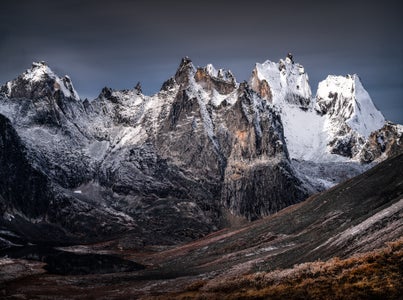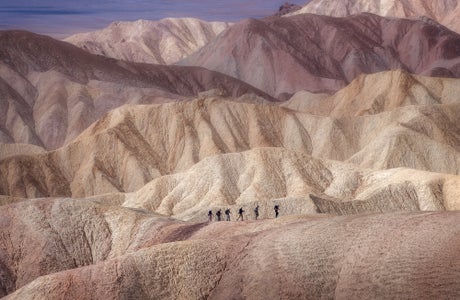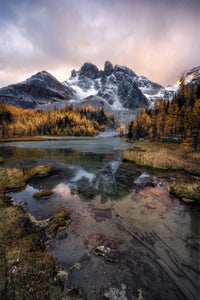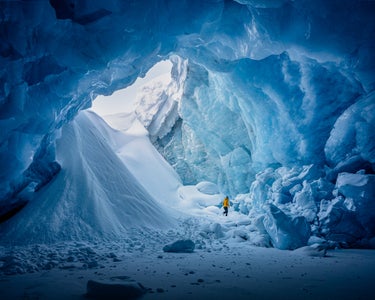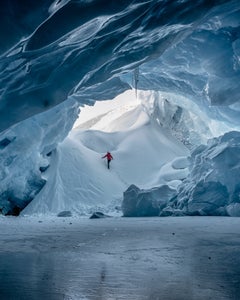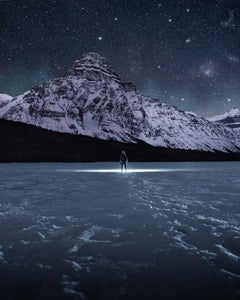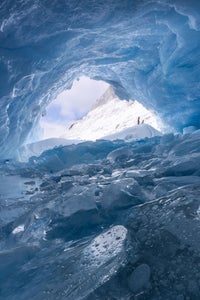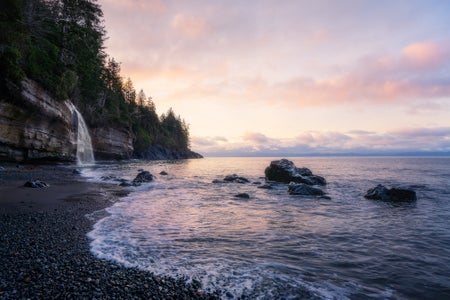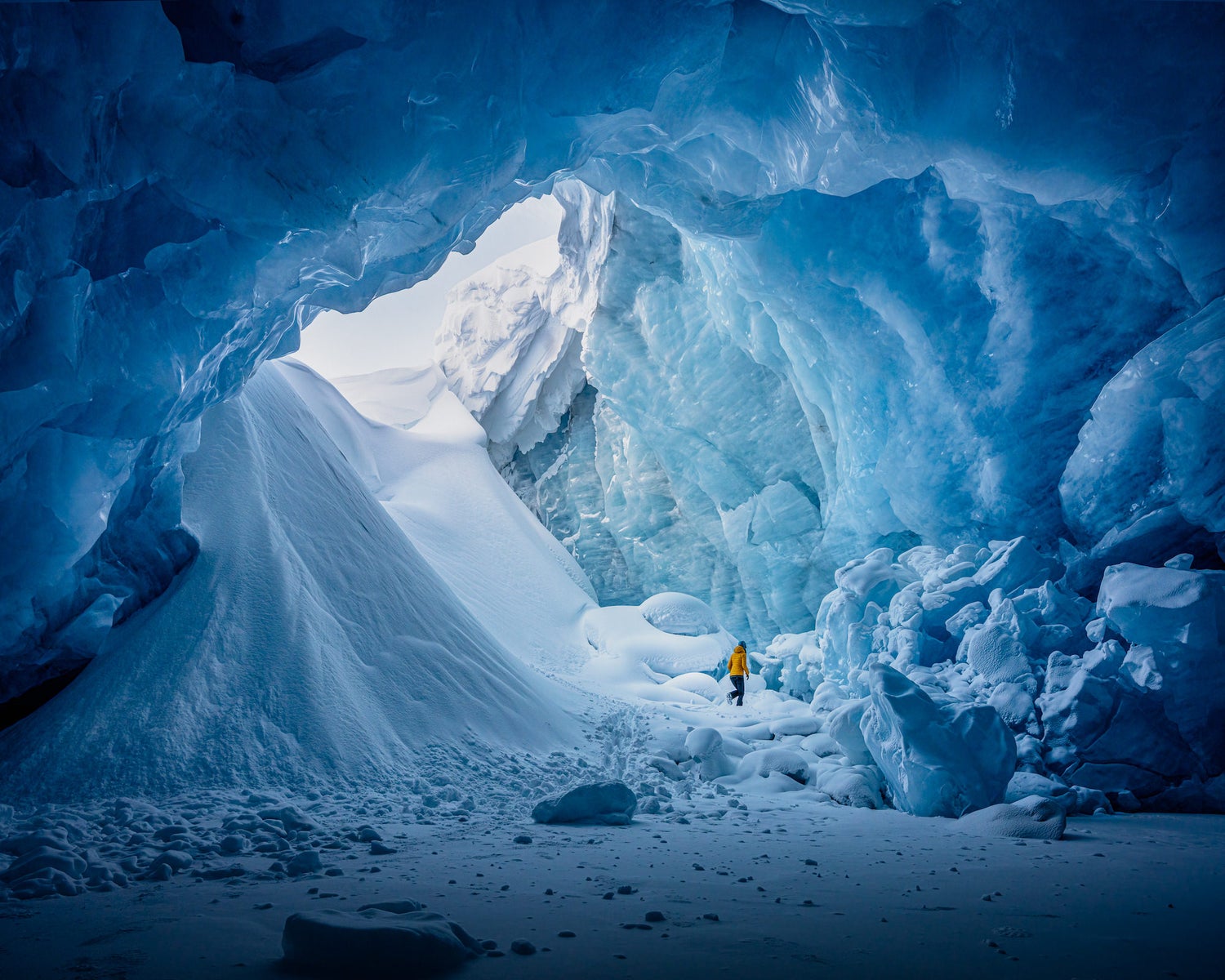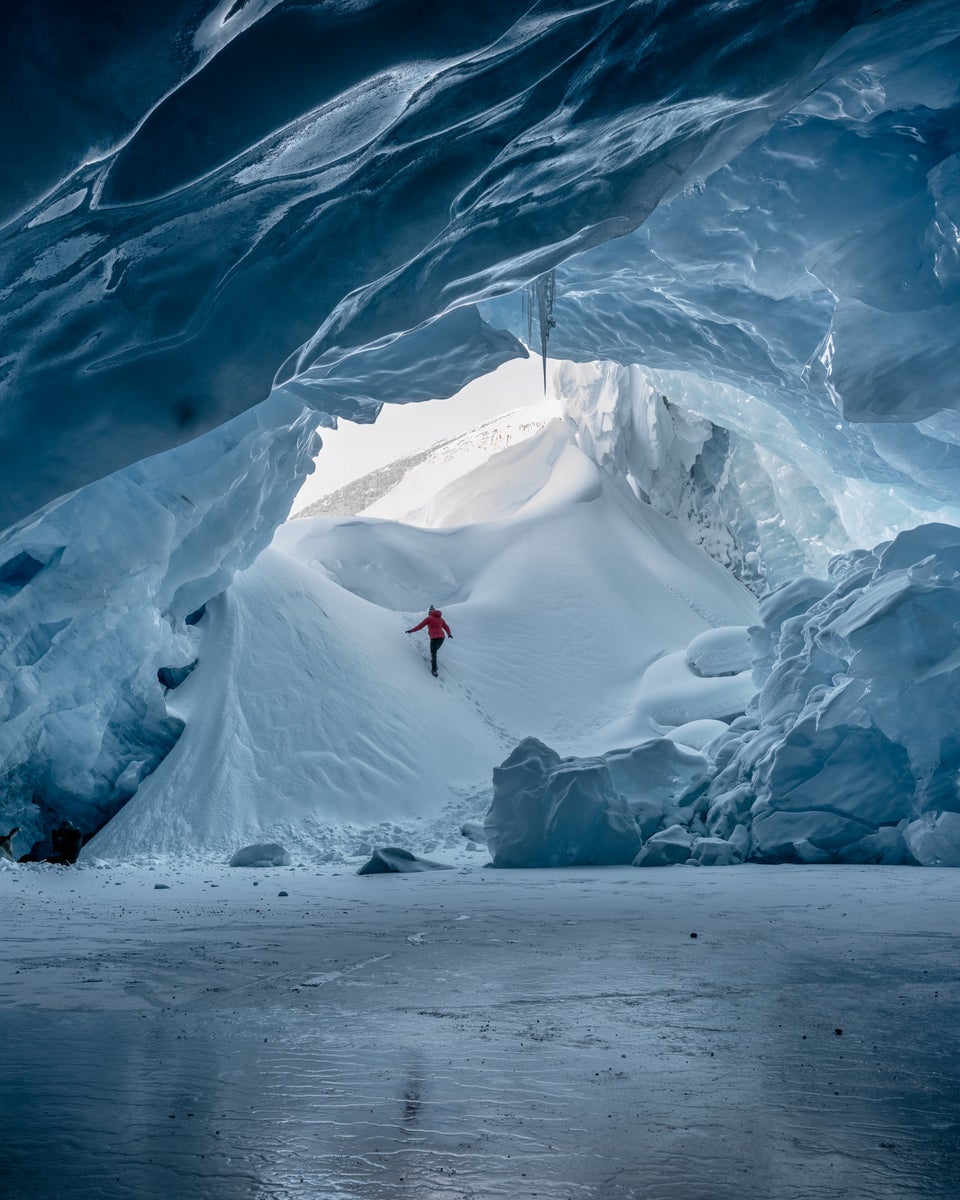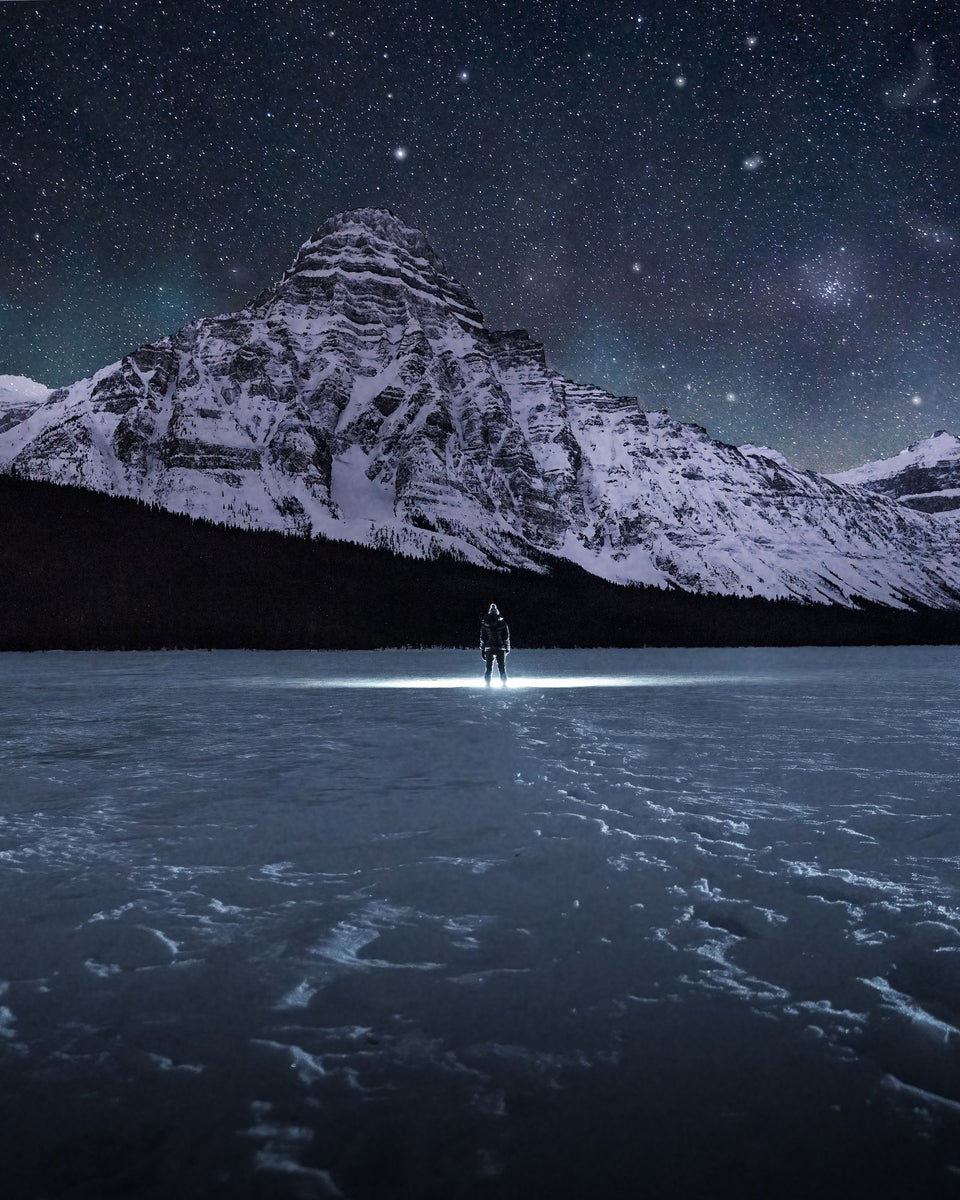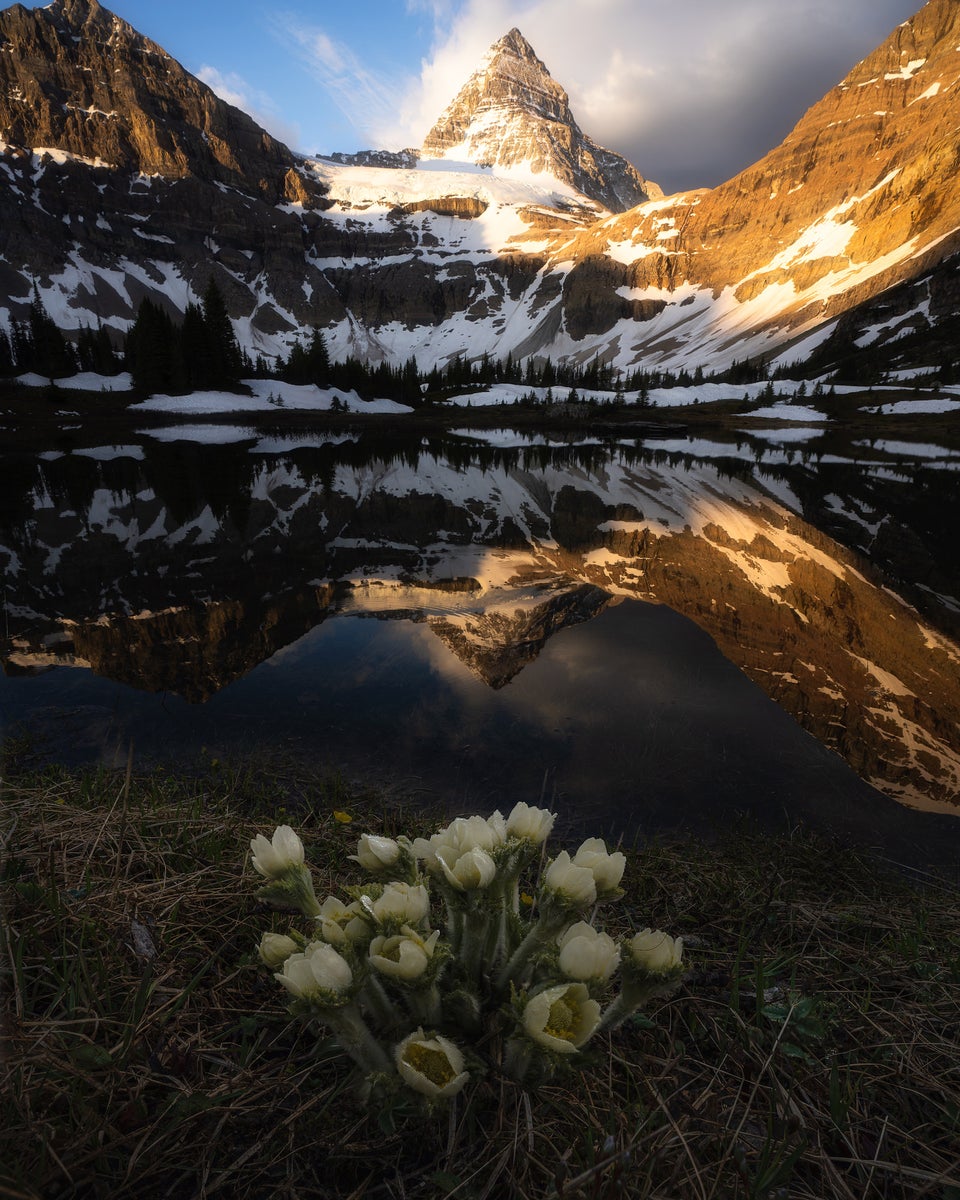Rebecca Simrose (@beckylynnsim) is a landscape and adventure photographer with a fierce dedication to going the extra distance to get a special image. “I have a deep love for the natural world and photography allows me to share this passion with others and hopefully inspire people to love and protect our wild places,” she says. “I love nights under star-filled skies and sunrises from mountaintops. In the summer I spend weeks in a tent or bivy, and in the winter I hike to glaciers or frozen lakes. I started shooting with Sony because of the dynamic range I could capture. Overall, my bag needs to be lightweight for hiking and backpacking.” We connected with her to learn more about what’s in her bag for landscape and adventure photography.
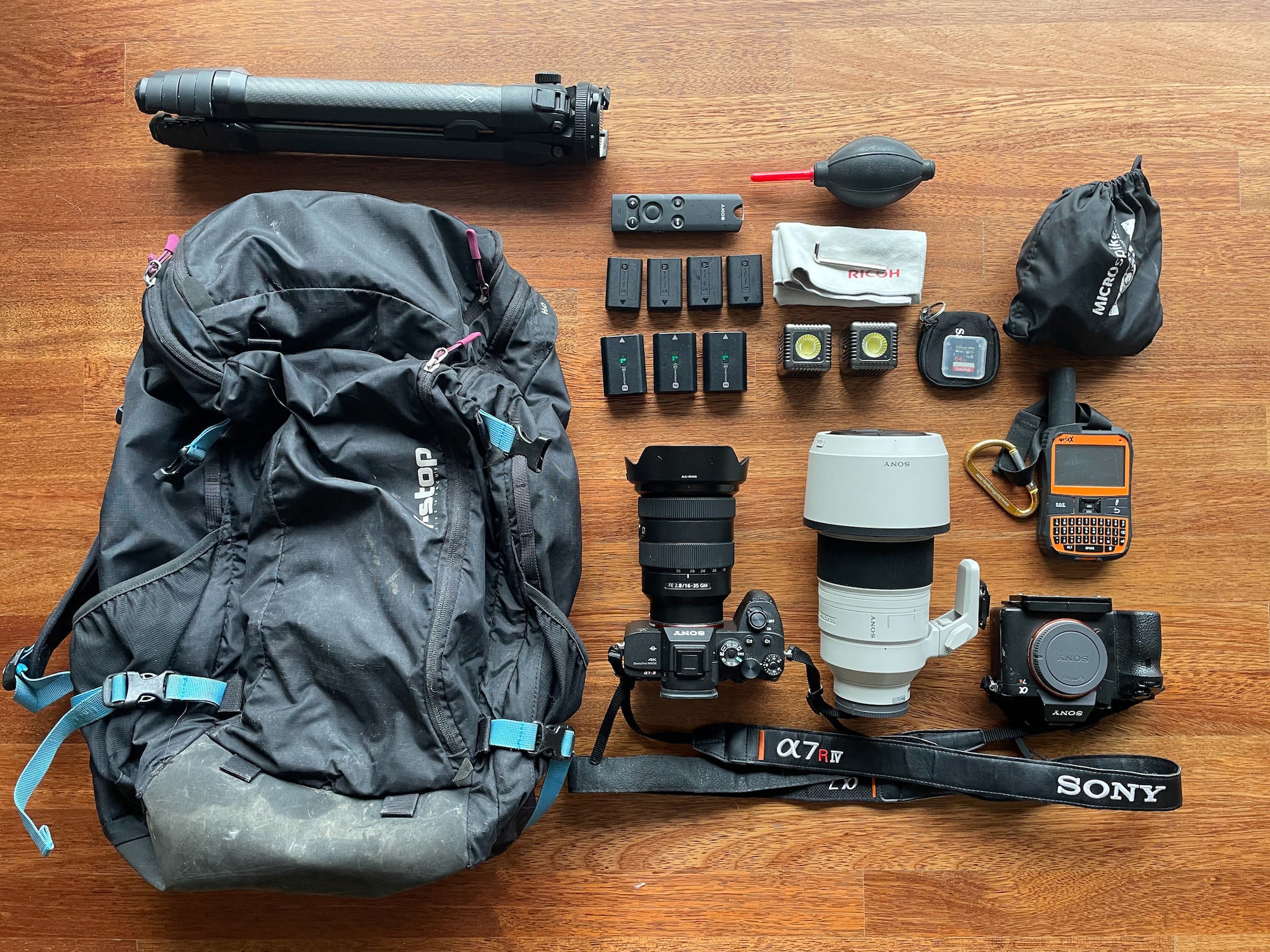
See how a dual G Master zoom kit built around her Sony Alpha 7R IV gear lets landscape and adventure photographer Rebecca Simrose go the extra mile to make stunning images
Cameras
Sony Alpha 7R IV: This is my main camera, and it goes everywhere with me. It is an exceptional camera for landscape photography. The 60 megapixel sensor gives me files large enough for large prints. It also preserves detail and allows me to crop into smaller details when post processing. I love the interval shooting function which allows me to get into the frame for adventure shots and makes setting up for time-lapses super easy. The battery life is excellent and even on a cold day I can usually shoot most of the day on a single battery. The touch screen focus is a great feature for focus stacking foreground elements in a tight spot or for quickly changing the focus point. Although my focus is landscape, the Animal Eye Autofocus function works great for the animals and birds I come across. The in-body image stabilization has allowed me to shoot from a helicopter and get sharp images. I have organized my commonly used menu functions in “My Menu” which gives me quick access to the functions I use the most without scrolling through the entire menu.
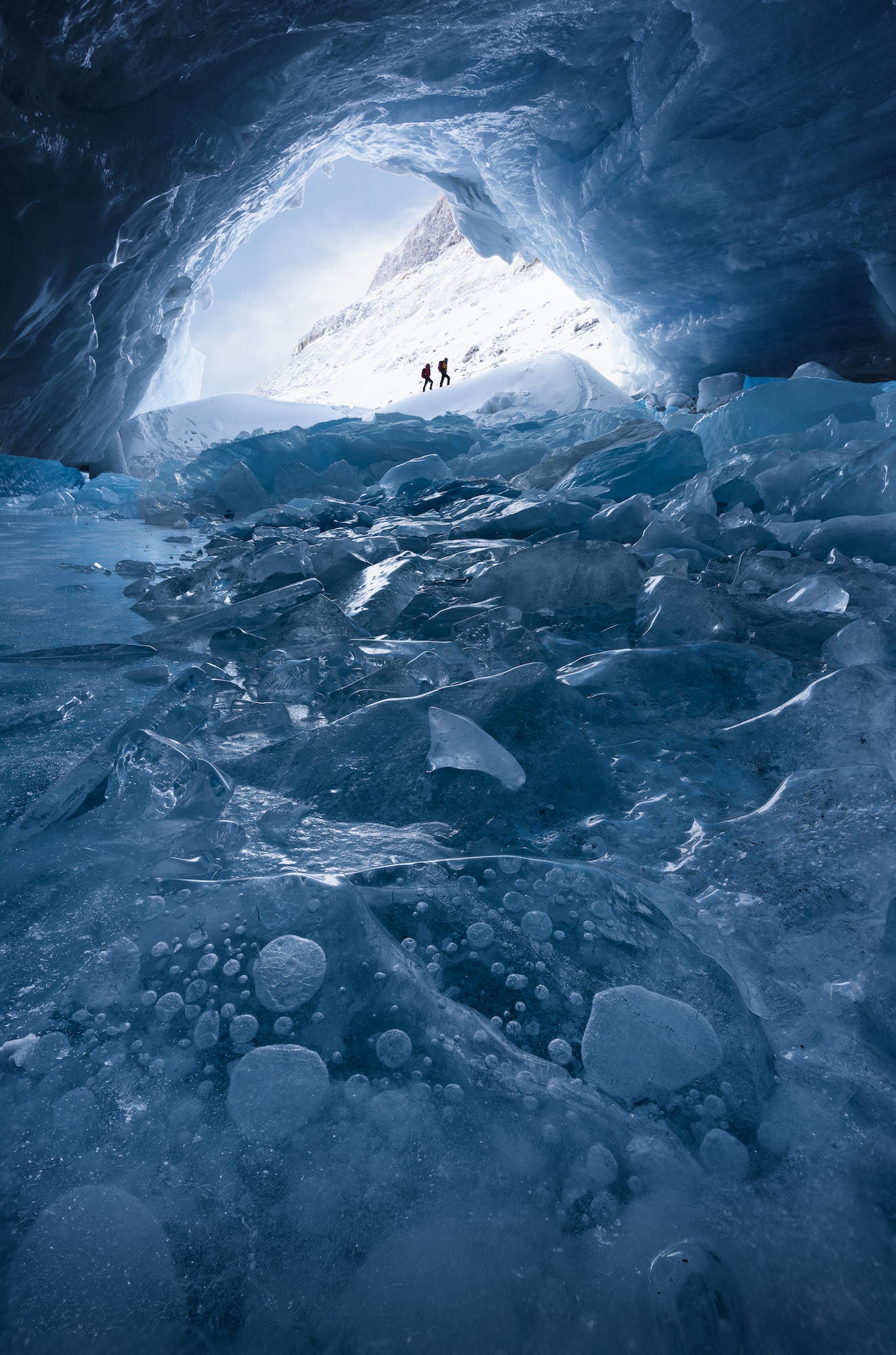
This was taken on a recent 22km hike to a glacier. I love capturing icy details in the foreground. I focus-stacked this image to make sure the foreground ice features are sharp. We had to take AVI gear, so I limited my camera equipment to one camera, one lens and a tripod. I took extra batteries but even in the -11 C my first battery lasted all day. Photo by Rebecca Simrose. Sony Alpha 7R IV. Sony 16-35mm f/2.8 G Master. 1/10-sec., f/11, ISO 100
Sony Alpha 7R II: This was my first Sony camera and made me fall in love with shooting Sony. I will eventually replace it, simply because I need both of my cameras to use the same battery type so that I don’t have to take two types of batteries on my backpacking trips. This is still my favorite camera for astro.
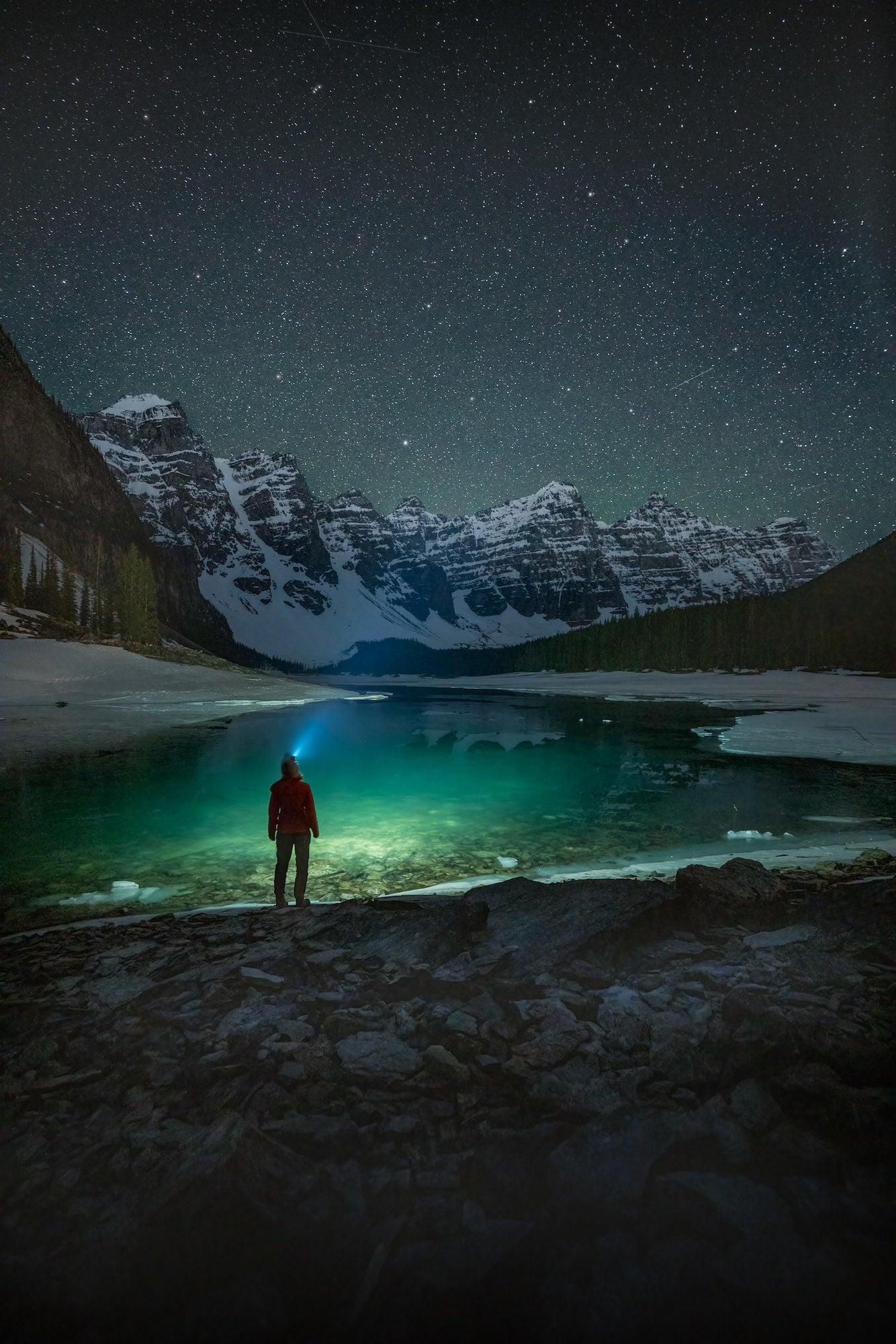
There was not another person there and the stars were bright on an early season trip to Moraine Lake before the ice had melted and before the road opened. Photo by Rebecca Simrose. Sony Alpha 7R II. Sony 16-35mm f/2.8 G Master. 15-sec., f/2.8, ISO 6400
Lenses
Sony 16-35mm f/2.8 G Master: I couldn’t believe the difference in shooting with this lens after using my old Canon lens with a metabones adaptor for a couple years. This lens is incredibly sharp, the autofocus is accurate. This lens is always on my camera.
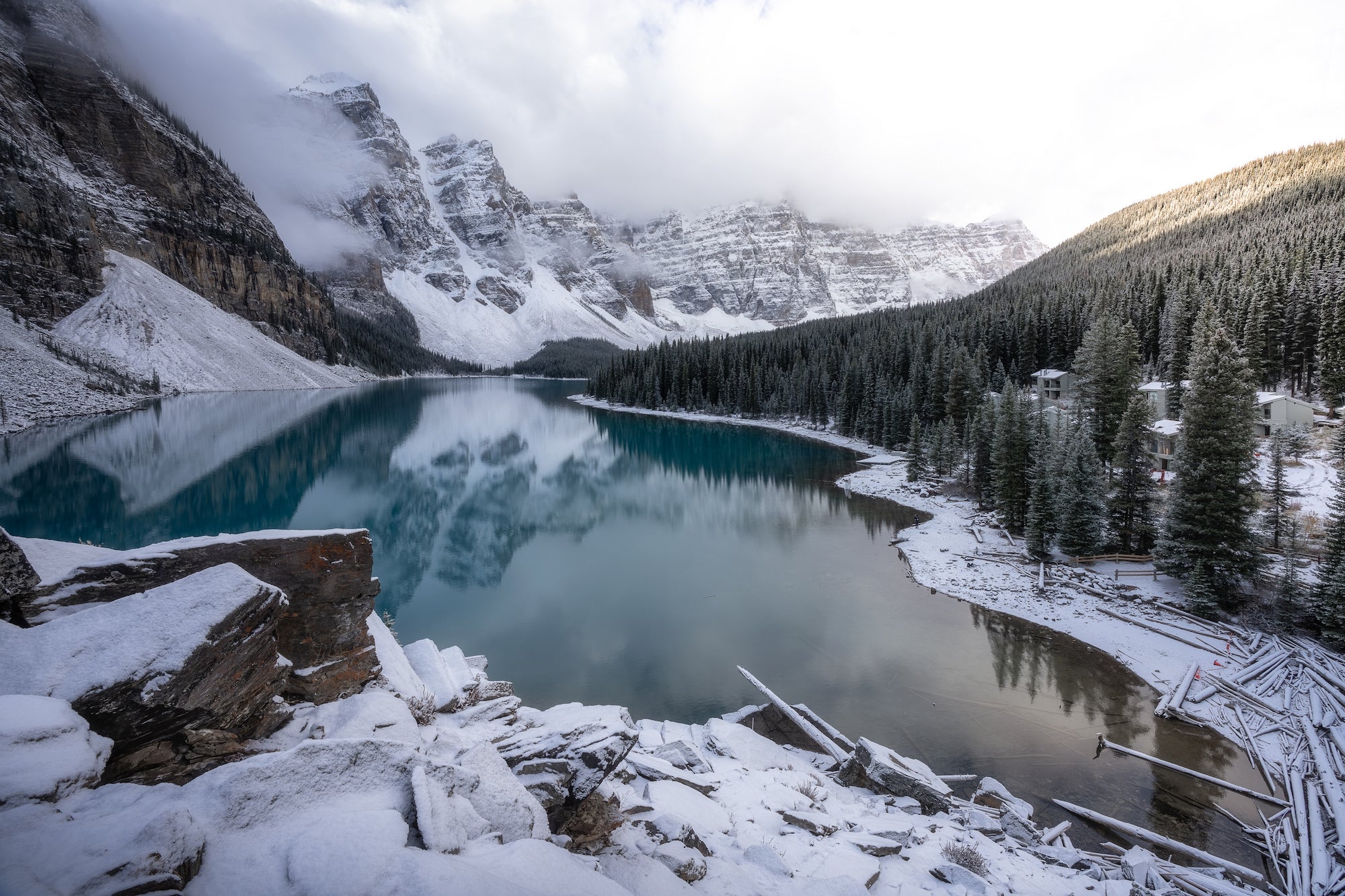
Taken in October, Moraine lake with the first snow is just magical. The road closed due to the snow just after I got through, so a bonus was that there were very few people there that morning. Photo by Rebecca Simrose. Sony Alpha 7R IV. Sony 16-35mm f/2.8 G Master. 1/30-sec., f/11, ISO 50
Sony 100-400mm f/4.5-5.6 G Master: This is an incredible lens for landscape. Those close-up intimate shots when the light hits the mountains or trees adds so much to what I can accomplish when shooting landscapes.

I was photographing from a helicopter in Yukon when I took this photo. The overnight cold temperatures created fog from the river, which turned gold as the sun rose. Photo by Rebecca Simrose. Sony Alpha 7R II. Sony 100-400mm f/4.5-5.6 G Master. 1/8000-sec., f/4.5, ISO 1600
Accessories
Sony Remote Commander RMT-P1BT: I love this for focus stacking for detailed foregrounds in my shots. I love being able to be sure that I have all the shots I need to take home when I focus stack a foreground.
Tripod: I shoot most of my landscapes with a tripod. I shoot often with low light or shoot astro so a tripod is essential. I love to focus stack and the files are so much easier to process when shot on a tripod. My Peak Design tripod is lightweight and compact for hiking and backpacking and allows me to get low to capture foreground details.
Lume Cubes: I keep these in my bag for night photography. They are small and easy to carry and provide foreground lighting at night.
Batteries & SD Cards: I keep a 256 and a 128 GB SD card in my A7R4 and I carry extra cards in my bag. I always have extra batteries in my bag.

On a very very cold morning, I snowshoed across the lake and found this lovely ice and frost flowers along the stream. The focus stacking was critical to capturing the ice features here and I used this accessory to be sure I had all the shots I needed. Photo by Rebecca Simrose. Sony Alpha 7R IV. Sony 16-35mm f/2.8 G Master. 1/25-sec., f/11, ISO 160
Rocket Blower: With a mirrorless camera I keep a blower in my camera to try to keep dust off my sensor
Lens Cloths: I always have lens cloths, as I’m often shooting in snow, rain, fog or by streams and waterfalls.
SPOT-X: I am often in areas with no cell service, so this stays in my bag always
Microspikes: In the Winter I keep microspikes in my bag, which makes it much safer walking on ice.
Camera Bag: I use a second-hand F-stop bag that I use when shooting on short trips, however for longer backcountry trips my gear is packed in a medium ICU and goes into my large backpack with my tent and camping gear.
See more of Rebecca Simrose’s work on Instagram @beckylynnsim.


